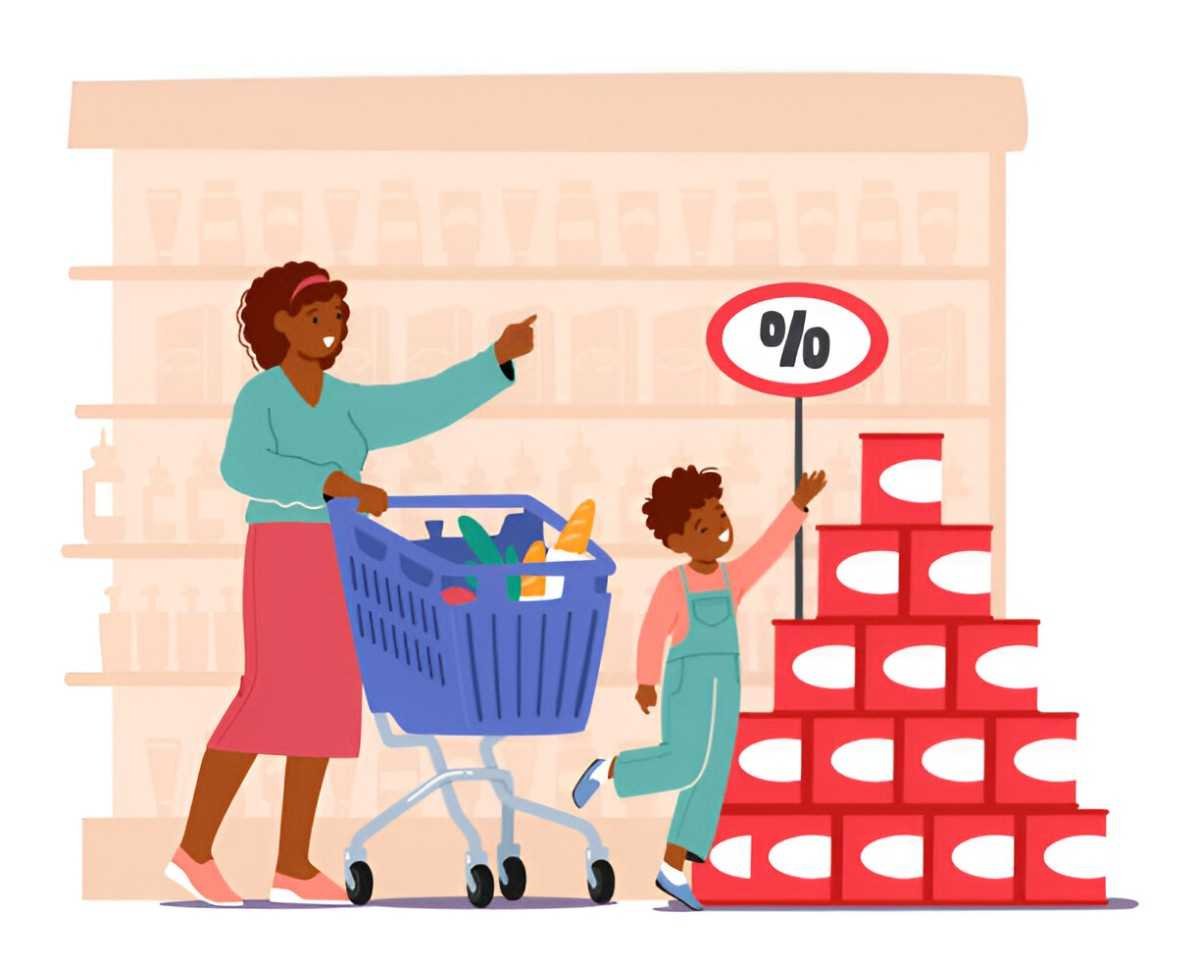Price bundling is a powerful strategy businesses use to increase sales, enhance customer value, and optimize revenue. I have seen firsthand how companies leverage this approach to outperform competitors while delivering cost savings to consumers. In this article, I will break down the mechanics of price bundling, explore different strategies, and provide real-world examples with calculations.
Table of Contents
What Is Price Bundling?
Price bundling combines multiple products or services into a single package sold at a discounted rate compared to purchasing each item separately. The goal is to encourage customers to buy more while increasing perceived value.
Types of Price Bundling
There are two primary types of price bundling:
- Pure Bundling – Products are only sold together, not individually. Example: A cable TV package with fixed channels.
- Mixed Bundling – Customers can buy items separately or as a bundle. Example: A fast-food combo meal (burger, fries, drink).
Why Price Bundling Works
Psychological Triggers
Bundles tap into consumer psychology by:
- Reducing decision fatigue – Fewer choices mean quicker purchases.
- Enhancing perceived value – Customers feel they get more for less.
- Encouraging upsells – Buyers may opt for a higher-tier bundle.
Economic Benefits
From a business perspective, bundling:
- Increases average order value (AOV) – Customers spend more per transaction.
- Reduces inventory costs – Moves slow-selling items with popular ones.
- Improves customer retention – Bundles create stickiness.
Mathematical Foundations of Bundling
To understand bundling’s financial impact, let’s examine the underlying economics.
Consumer Surplus and Willingness to Pay
Assume two customers (A and B) and two products (X and Y). Their willingness to pay (WTP) is:
| Customer | WTP for X ($) | WTP for Y ($) |
|---|---|---|
| A | 30 | 20 |
| B | 25 | 40 |
If sold separately:
- Max price for X = \min(30, 25) = 25
- Max price for Y = \min(20, 40) = 20
- Total revenue = 25 + 20 = 45 per customer pair.
If bundled:
- WTP for bundle (X+Y) for A = 30 + 20 = 50
- WTP for bundle (X+Y) for B = 25 + 40 = 65
- Optimal bundle price = \min(50, 65) = 50
- Total revenue = 50 \times 2 = 100 (assuming both buy).
Bundling increases revenue from $45 to $100.
Profit Maximization with Bundling
The optimal bundle price maximizes profit, considering marginal costs. If:
- Marginal cost of X = 10
- Marginal cost of Y = 15
- Bundle cost = 10 + 15 = 25
Profit per bundle = 50 - 25 = 25
Total profit = 25 \times 2 = 50
Without bundling:
- Profit from X = 25 - 10 = 15
- Profit from Y = 20 - 15 = 5
- Total profit = 15 + 5 = 20
Bundling boosts profit by 150%.
Price Bundling Strategies
1. Complementary Bundling
Pairing items that naturally go together (e.g., printer + ink).
Example: A gaming console bundled with a controller and game.
2. Tiered Bundling
Offering multiple bundle options (Basic, Premium, Deluxe).
Example: Software subscriptions (Basic: $10/month, Pro: $25/month).
3. Subscription Bundling
Recurring bundles (e.g., Netflix, Amazon Prime).
Example: Microsoft 365 (Word, Excel, Cloud Storage).
4. Pay-What-You-Want Bundling
Customers choose their price within limits.
Example: Humble Bundle (games, ebooks).
Real-World Examples
McDonald’s Happy Meal
- Burger + Fries + Drink + Toy = $5 (vs. $7 if bought separately).
Amazon Prime
- Free shipping + Video streaming + Music = $139/year (individual costs exceed $200).
Adobe Creative Cloud
- Photoshop + Premiere Pro + Illustrator = $52.99/month (standalone would cost $90+).
Potential Pitfalls
- Cannibalization – Bundles may reduce sales of high-margin standalone products.
- Customer Confusion – Too many options can deter purchases.
- Profit Erosion – Incorrect pricing may lead to losses.
Conclusion
Price bundling is a nuanced yet highly effective pricing strategy. When executed well, it drives revenue, enhances customer satisfaction, and strengthens competitive positioning. By understanding consumer behavior, willingness to pay, and cost structures, businesses can craft bundles that maximize value for both the company and the customer.





